Ten years have passed since Dragon Age: Inquisition. Not only in the real world but also in BioWare’s new RPG. In our Dragon Age: The Veilguard Tips and Tricks, we’ll show you what’s changed and how the combat system and skills work. We’ll also give you helpful information about the merchants, companions, and more.
Table of Contents
1) Tips for the Map
First, let’s take a look at the game map in Dragon Age: The Veilguard. You can find a global and a local map view in the menu.
The world map shows you all the areas to explore and highlights the areas where quests are available. Not all quests will be presented to you in a dialog. So, it’s a good idea to check your map regularly and keep an eye out for side-quest givers.
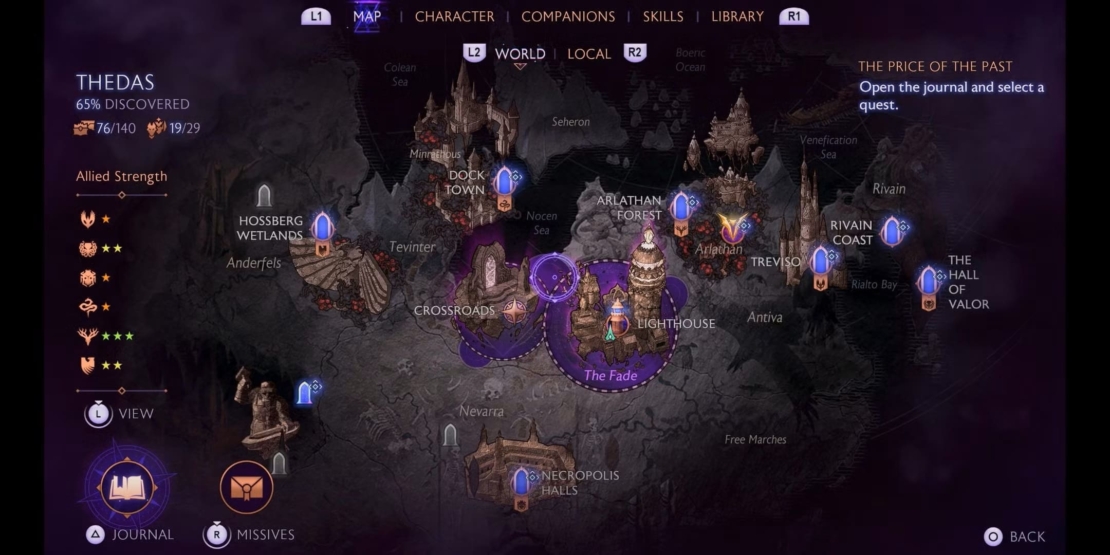
New missions can be identified in the global view by the yellow exclamation mark that lights up at the bottom. The exact location will be displayed once you open the local map in that area.
When you enter a new area, going out and exploring is tempting. However, many regions are initially closed off by doors or magical barriers.
You’ll only be able to explore most of the local map as you progress through the story. And even after you have completed all the main missions, there will always be places that aren’t yet accessible. You can return to them when you have completed the associated side quests.
2) The Right Companions
As is typical for BioWare, companions play an essential role in Dragon Age: The Veilguard. You are free to choose your companions throughout the game, so you can decide who you want to take with you on each mission. We recommend that you always take the person who is connected to the area you are in. This will give you additional information about the locations, your quest, and the characters you meet.
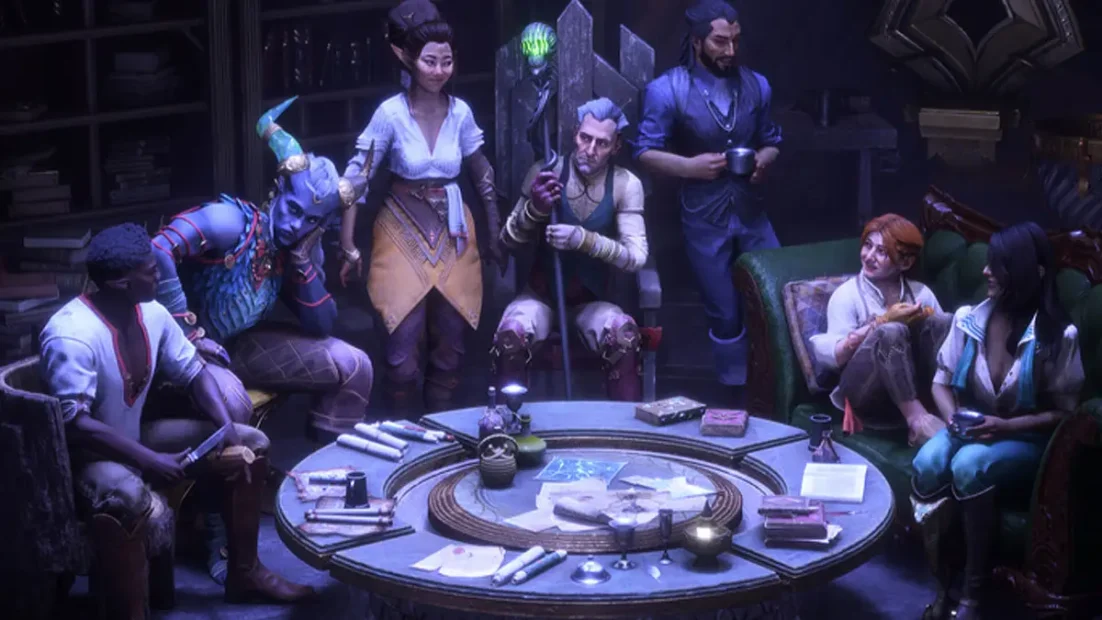
Your choice of companions should also depend on the type of active quest you are on. For example, a necromancer is a good choice for demons. You should also consider their combo abilities. In combat, you want to set up your team so that you can use abilities to start and trigger explosions.
3) Companions Have Passive Skills
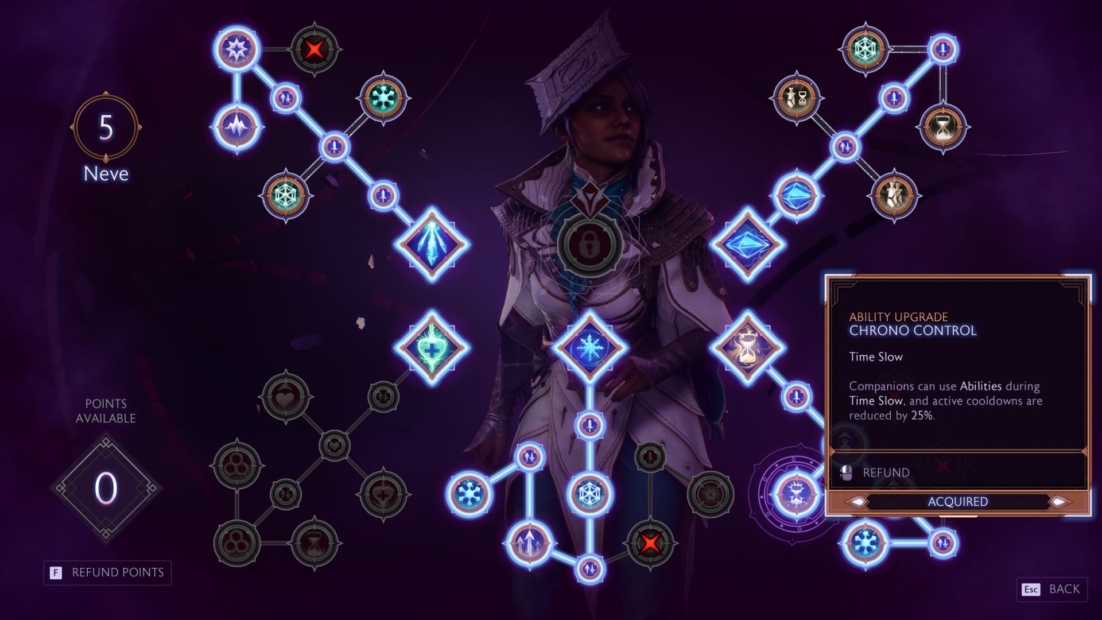
Each of your companions has an ability that can be passively triggered. You should always activate and level this skill. Unlike your main character, Rook, all three available skills have a cooldown after each use. These cooldowns ensure you will not use all your skills in battle.
To get the most out of your companions and make them as effective as possible in Dragon Age: The Veilguard, you should level up your passive skills to automatically use them in combat. The events that trigger passive skills vary from character to character.
4) Return to the Lighthouse Regularly
The Lighthouse serves as the hub in Dragon Age: The Veilguard. Here, you’ll find all your companions and a camp where you can retreat between missions. Check in regularly to see if any of your companions need to talk. Although they don’t have any other interaction options, if someone wants to tell you something, it’s often important and will help you with your active quests or give you more information about the game world.
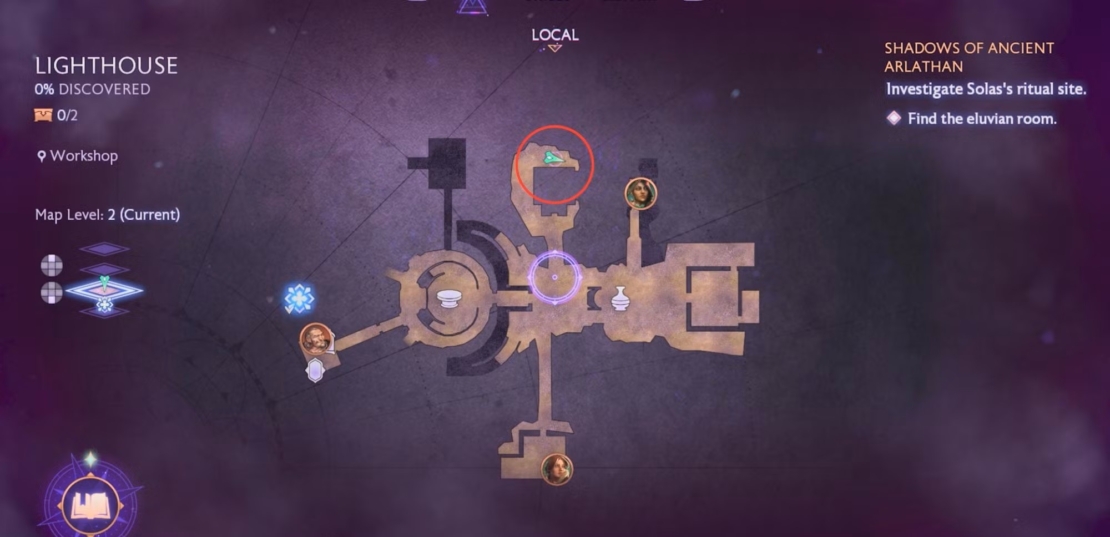
Speech bubbles indicate the need to speak. If you see a gray bubble above one of your companions, they want to get to know you better and exchange personal information. A red bubble indicates an important conversation. You influence the character and its development through dialog choices in these conversations. The conversation has an impact on the rest of the game. If there is an exclamation mark above the companion, they have a quest for you.
5) Combine Skills
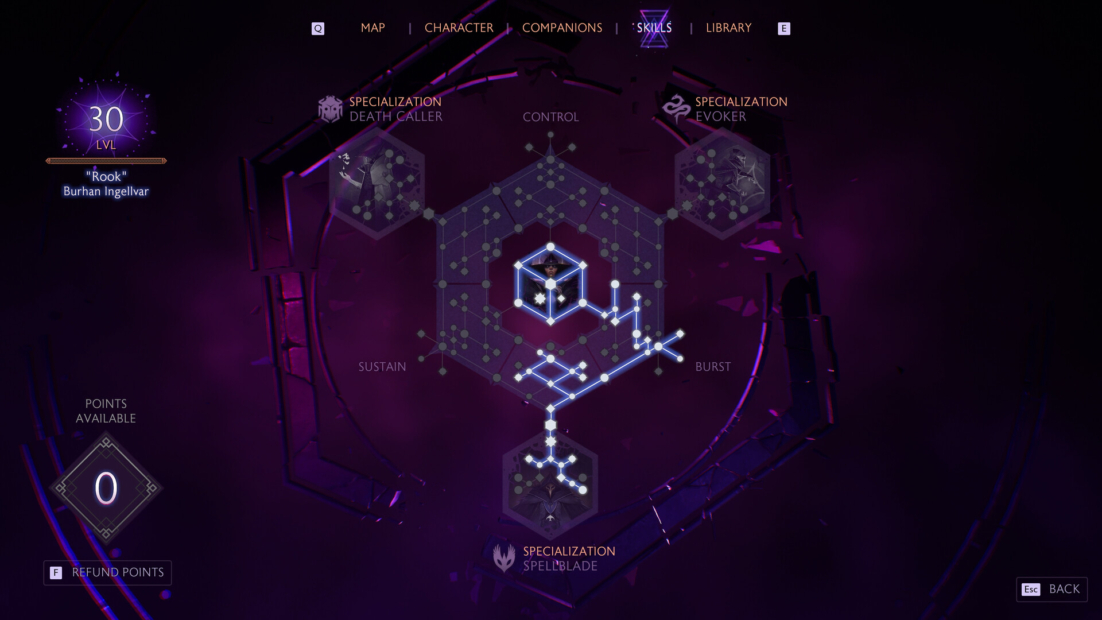
In our Dragon Age: The Veilguard Tips and Tricks, we cannot emphasize enough how important buffs are to victory in combat. Combine your abilities so you have one to mark and one to detonate. This combo system wasn’t present in previous installments of the series and is especially useful against larger enemies.
A detonation will stun the target and damage the target and surrounding enemies. It’s best to set it up so you start a combo with both companions and then trigger it with your main character, Rook. That way, you have two detonations at your disposal instead of just one if you let your companions trigger them.
6) Skill Tips
In general, you should choose and develop skills that suit your personal play style in Dragon Age: The Veilguard. However, it’s recommended that you upgrade skills that reduce the duration of cooldowns as often as possible. This will increase the number of actions you can perform per battle.
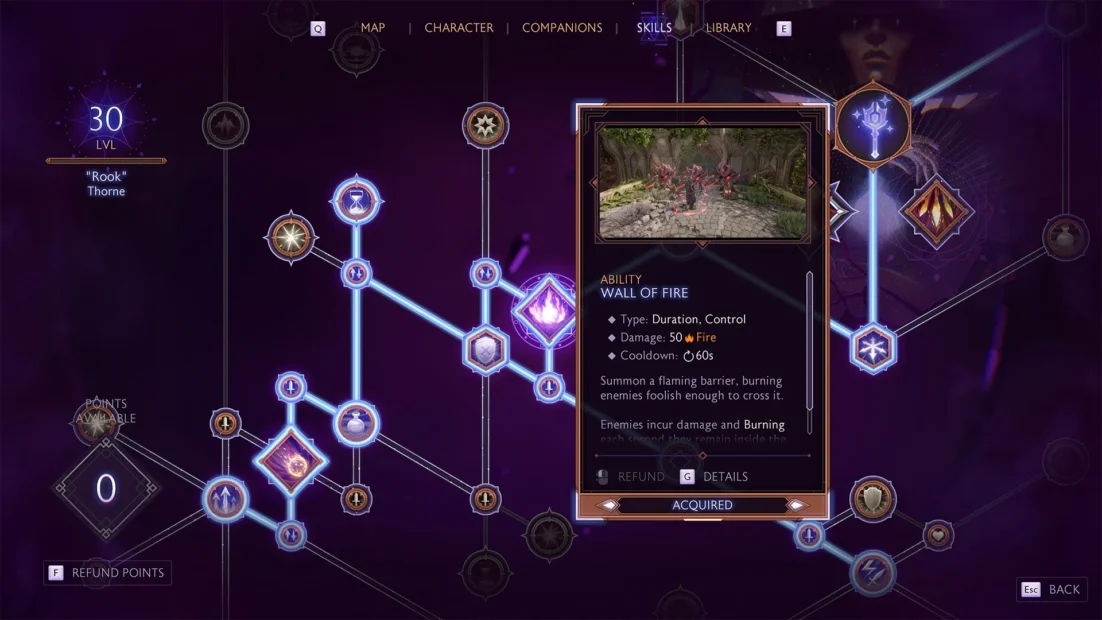
If you’re unhappy with your build or your companion’s build, don’t worry. There is no wrong skilling, as you can reallocate your points anytime. This is done by resetting skills in reverse order. If a skill results from another skill, you can only reset the first skill by removing the second skill.
7) Equipment Can’t Be Sold
In Dragon Age: The Veilguard, you can only sell valuable items to merchants, not equipment. The only way to get new gold is by looting chests or crates and completing quests. If you’re unhappy with your armor, you can upgrade it. To ensure you get better items, we recommend upgrading the blacksmith in the lighthouse as soon as possible.
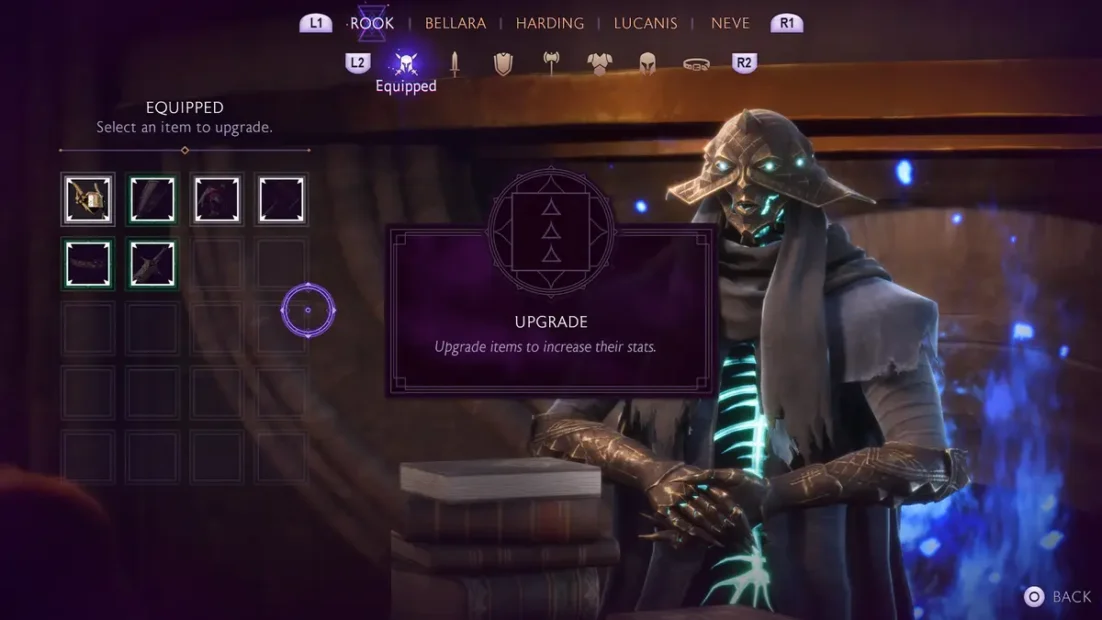
You can also change your appearance without purchasing new armor. Go to the infirmary and stand in front of the mirror. There, you can change your hairstyle and other visual features. If you want to change the color of your armor, go to the wardrobe in your room.
8) Merchant Tips
Every faction in Dragon Age: The Veilguard has its own merchants. As you increase your reputation with the community, their selection of goods will expand, allowing you to purchase better equipment.
You can increase your reputation by completing quests for the faction or selling valuables. Free merchants also offer exciting upgrades.
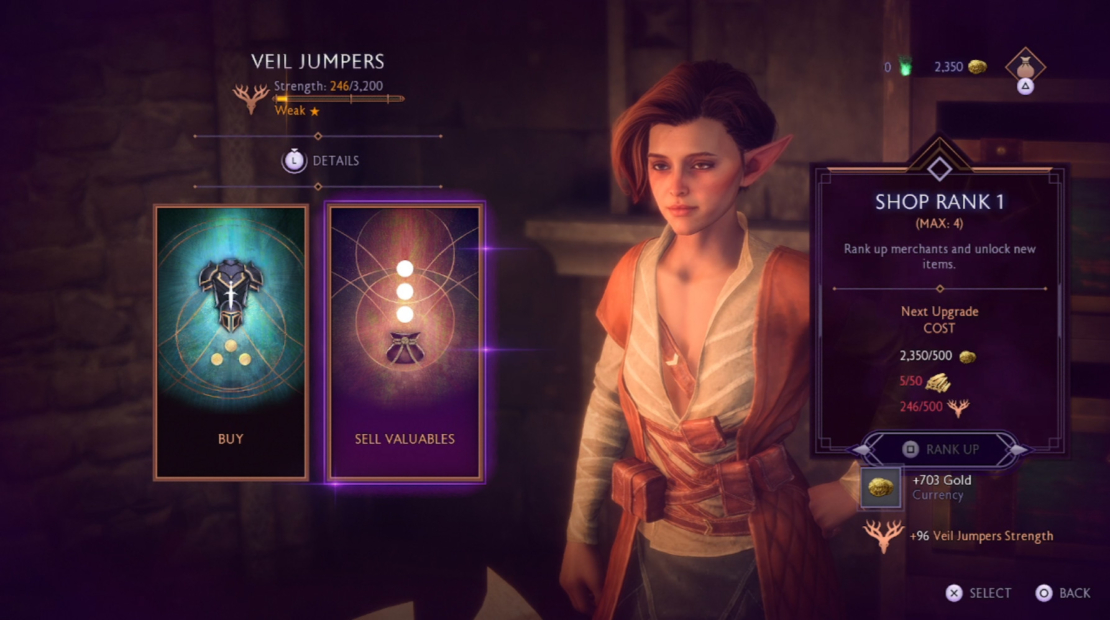
You can find them in the town of Levendal, in the marketplace of Treviso, and in houses and on various streets in Minrathous.
Some merchants even sell items that permanently increase your stats. For example, you can get more HP, more damage, etc. These items are not to be missed. It’s best to browse each merchant’s selection carefully.
9) Dragon Age: The Veilguard Tips for Combat
Along with dialog and exploration, combat will take up most of your time in Dragon Age: The Veilguard. Here are some practical tips to help you get the upper hand in combat:
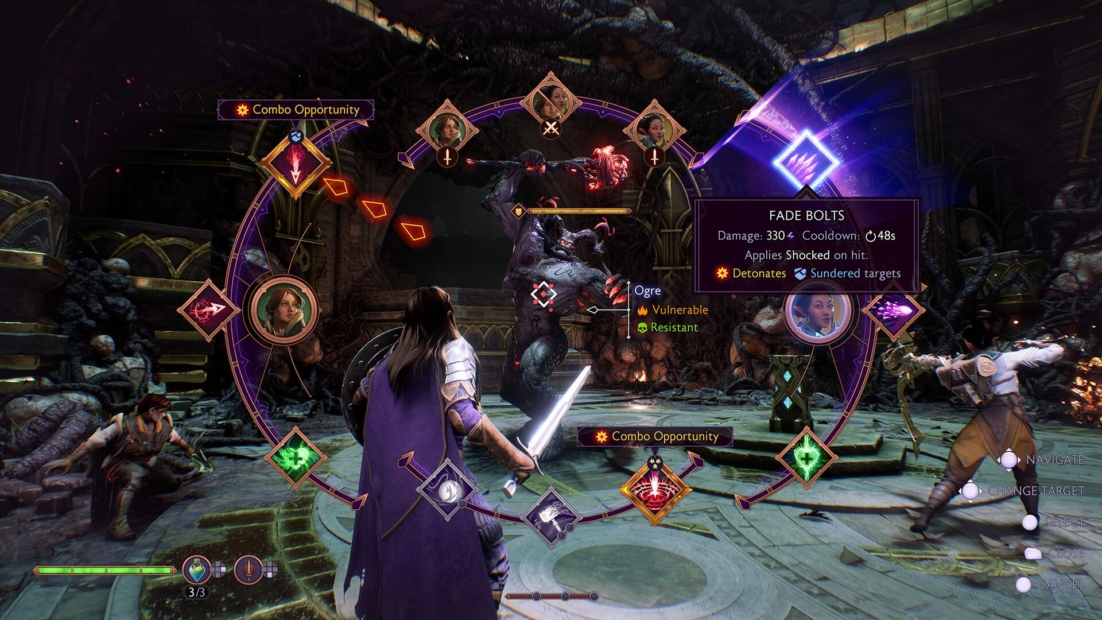
- The timing of parries is independent of the difficulty level and can be changed separately in the settings.
- Current status effects are displayed in the bottom left corner. Green is positive; red is negative. Keep an eye on this, and make sure you have more greens than reds.
- Enchant your lyrium dagger with runes. Feel free to experiment to find the ones that best suit your play style.
- Pay attention to colored circles in combat. If one is red, you must dodge it. But if it’s yellow, it’s a good time to parry.
- It’s not just the damage of a weapon that’s important. Sometimes, a seemingly weaker weapon is better if its stats match your build.
- At least one character in your party should have a healing ability. Especially at higher levels, healing potions are almost useless.
- Once you’ve got an opponent stumped, deal a few more normal attacks before moving on to the finisher. Save the shutdown for the end.
10) Look for statues and chests
Evanuris statues can increase your maximum health by +100, and Fen’Harel altars give you an additional skill point each.
Look for them and explore all parts of the map to make sure you don’t miss anything. When you are near an altar, a wolf icon will appear below your mini-map. At the Evanuris statues, destroy the floating plates to get the bonus.
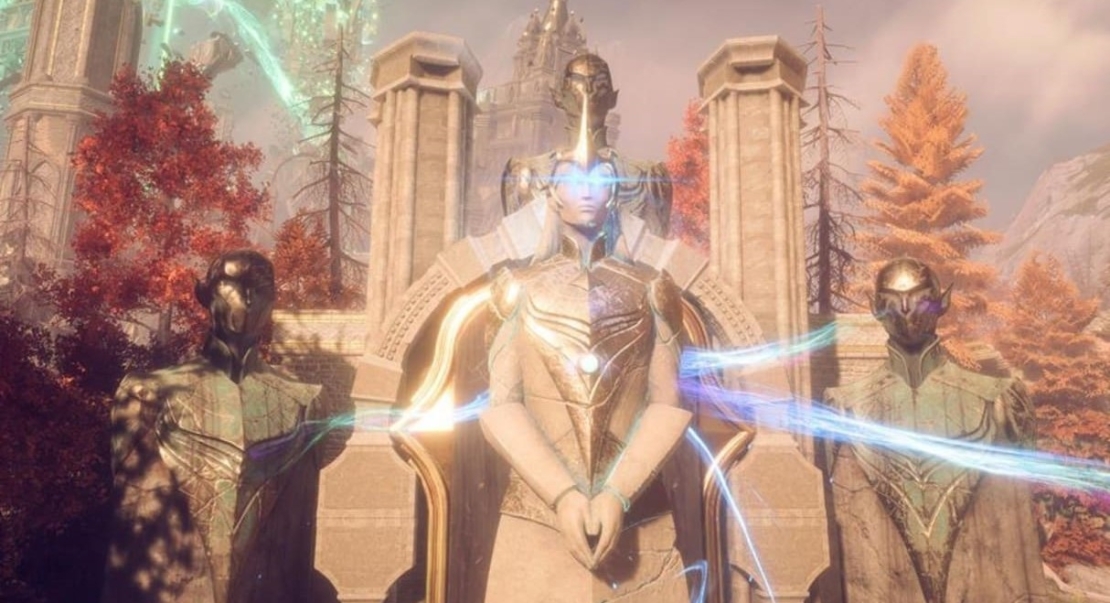
At the Fen’Harel, follow the statue’s gaze and find a glowing item.
Don’t ignore the treasure chests in Dragon Age: The Veilguard, either. They come in all shapes and sizes.
Most of them contain valuables, materials, and equipment. However, if you find an ornate chest, it will contain a unique item.
Customize Dragon Age: The Veilguard with PLITCH!
With our Dragon Age: The Veilguard Tips and Tricks, you’ll be well prepared for your adventure in Thedas. If you need further assistance, the Dragon Age: The Veilguard cheats by PLITCH will help you.
Use the codes to refill your healing potions, change your damage stats, or increase your ability points. Our single-player trainer allows you to make the RPG easier or harder and customize it to your liking.
Check out this blog to learn more about PLITCH and our YouTube channel to see our codes in-game.
Happy Gaming!